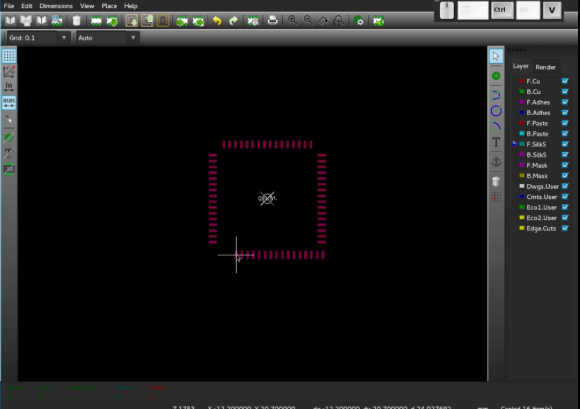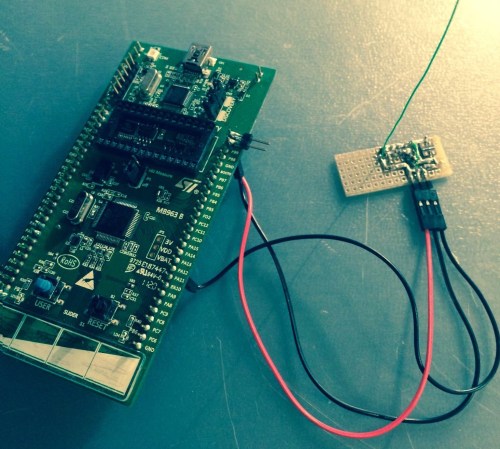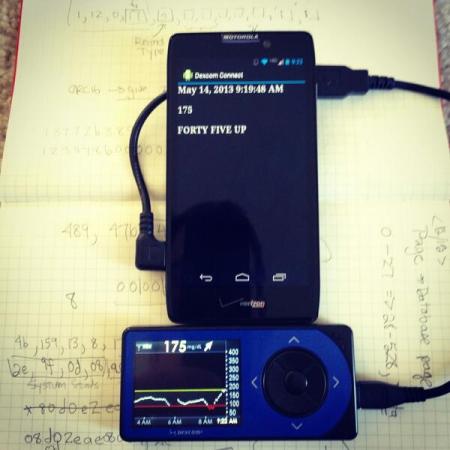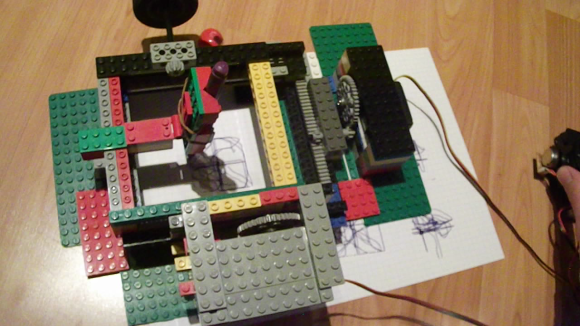CERN, the people that run a rather large particle collider, have just announced their most recent contributions to the KiCad project. This work focused on adding new features to the module editor, which is used to create footprints for parts.
The update includes support for DXF files, which will make it easy to import part drawings, or use external tools for more complex designs. New distribute tools make it easy to space out pads evenly. The copy and paste function now allows you to set a reference point, making it easy to align blocks. Finally, the pad enumeration tool lets you quickly set pin numbers.
CERN has already implemented a new graphics engine for KiCad, and demonstrated a new push and shove routing tool. The work plan for CERN’s KiCad contributions shows their long term goals. If you’re interested in what CERN is doing with KiCad, you can check out the CERN KiCad Developers Team on Launchpad.
After the break, watch a quick run through of the new features.
















